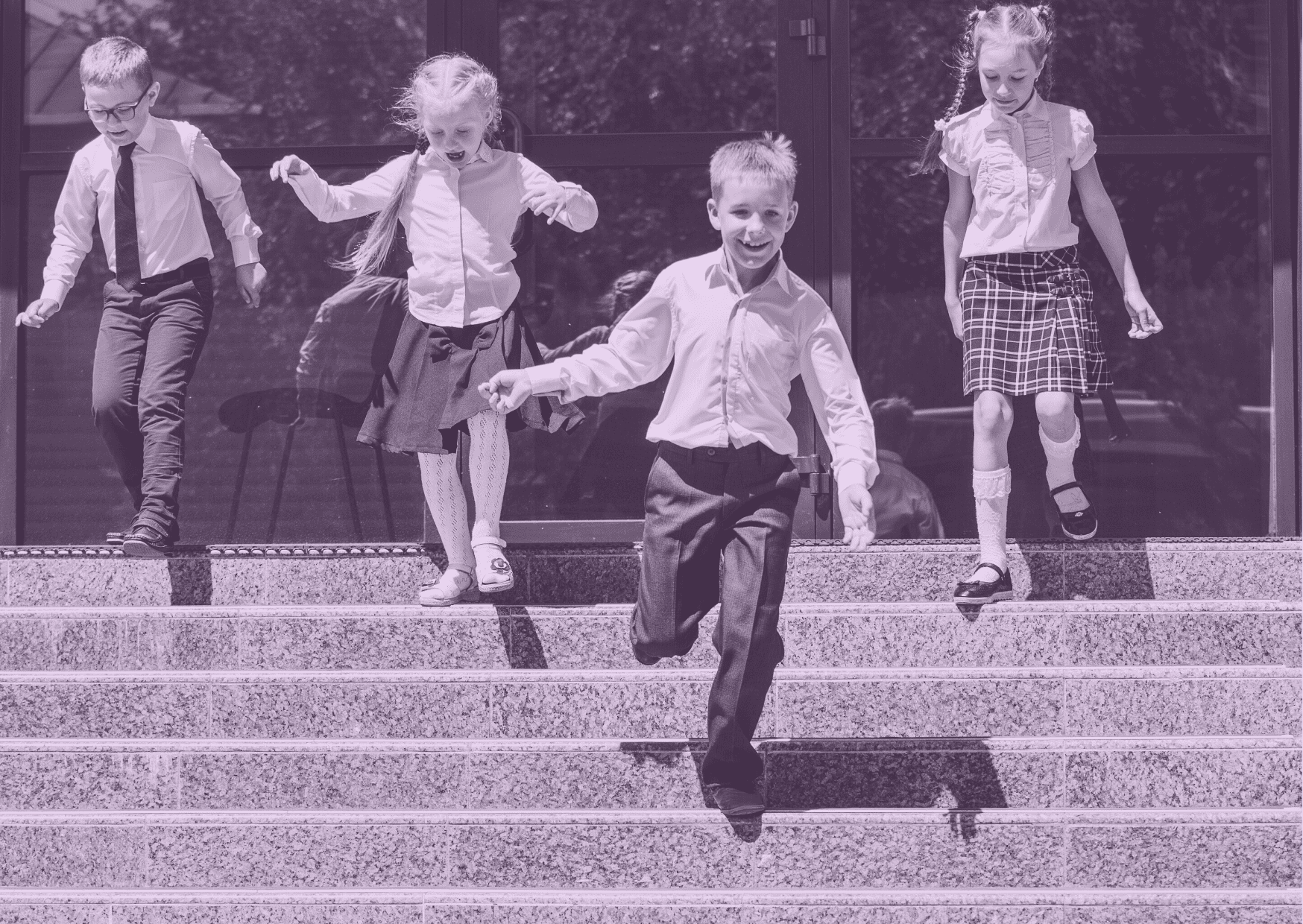
What is the education cash gap?
The latest Institute for Fiscal Studies report into education funding in England highlights the significant drop in state-school per-pupil spend. But how helpful is it to compare this with the gradual increase in independent school fees, asks James Leggett, Managing Director of education business specialist MTM Consulting. This articles highlights the education cash gap between state and independent schools, let us know your thoughts in the comments.
According to the BBC news website story published on 8 October 2021, ‘The gap between private-school fees and state-school per-pupil spending in England has more than doubled over the past decade.’ Indeed, the Institute for Fiscal Studies’ ‘2020 annual report on education spending in England: schools’ points out that average independent school fees in 2020-21 were £13,600, a figure 90% higher than the £7,100 spent on state-school pupils in the same year. Clearly, compared with the situation in 2009-10, when there was a 39% difference between the two, what was a gap is now a significant chasm.
It certainly takes two statistics to create a disparity and it is clear that state school funding and independent school fees are figures that are heading in opposite directions, at speed.
State funding allocation
The IFS report particularly identifies that Pupil Premium has not been applied where it is most needed to ‘level up’ in the most disadvantaged areas, and the BBC quotes its author Luke Sibieta reporting that ‘state-school class sizes have soared’ and that ‘enriching activities – art, sport, music, drama – have been cut back’.
However, the UK birthrate has been falling steadily since 2012 and class sizes in many state schools across the country are significantly smaller than the numbers they were designed to accommodate. As state school funding and staffing is determined strictly by numbers on roll, this could be the explanation for the loss of specialist teaching.
Rocketing school fees
Independent school fees have certainly rocketed – by more than 20% above inflation since 2009-10 – and are now unaffordable to many parents employed in a range of professions, including doctors, lawyers, and media types, that were the traditional heartland of independent school families.
The BBC writes: ‘Despite the rise in private school fees over the decade, the number of pupils at the schools has “hardly budged at all” according to the report.’ However, the most recent Independent Schools Council (ISC) Census shows a -1.3% contraction in the number of independent school pupils year-on-year from 2020, in all age groups; a -2.4% decline since 2017.
The IFS may brand this ‘budge’ insignificant, but in the context of a 2.8% increase in the number of children in all schools – state and independent – across the country, this shows an erosion of market share on behalf of independent schools, which the IFS report describes as ‘a small drop’; in England, from 7.1% in 2010 to 6.5% in 2020. In 2020 there were 30,270 fewer independent school pupils in England than there were in 2017; and 68,145 compared to the rolls of 2010.
So, although fees have undoubtedly increased, the number of pupils in independent schools has reduced.
Burgeoning costs
The burgeoning cost of energy, fuel and the associated impact on the price of goods and services has of course made running and maintaining a school campus – state or independent – a much more expensive proposition.
As much as 70% of independent school turnover is spent on wages – smaller class sizes mean a requirement for larger numbers of teaching staff, while longer school days, boarding and catering at scale rely on an army of non-teaching and support staff. The remaining income is often swallowed up by the on-going costs of maintaining facilities and the continual upkeep of the school campus and buildings (particularly those that are of historical importance and listed).
The IFS report also factors in independent school income from gifts and endowments – often bequests by past pupils or staff –this too is often used to top up the maintenance pot, but the majority goes straight into funding for bursaries and scholarships, which widen access to independent education for families who would otherwise be unable to afford the fees.
Inequalities
The BBC quote the IFS report’s author: ‘Longstanding concerns about inequalities between private- and state-school pupils, which have come into sharp focus during the pandemic, will not begin to be easily addressed while the sectors enjoy such different levels of resourcing.’
MTM’s poll of more than 500 families across the UK carried out in June 2020 in the wake of the first wave of school closures due to the pandemic found that 82% of respondents thought independent schools provided a ‘better’ or ‘much better’ quality of education during lockdown than state schools. 64% of parents interviewed who were not paying for their children’s schooling said they were considering moving their children from state schools to schools in the independent sector.
Although independent school fees have risen sharply over the past 10 years and not in line with salaries, the increase in the number of means-tested bursaries being made available by fee-charging schools now brings an independent school education within the grasp of many more families.
That said, and regardless of the fortunes of the independent schools’ sector – which educates 6.4% of English children – the onus is on Government to ensure that funding for state schools is at an appropriate level and appropriately distributed to ensure that families for whom independent schooling is not an option are offered the best possible education for their children.
Assessing state school per-pupil funding in terms of average fees charged by independent schools – which are continuing to re-invest to ensure they remains at the pinnacle of global education – is far from an equivalent comparison; it is more likely to promote division between the two sectors and widen misperception.
Read Institute for Fiscal Studies’ ‘2020 annual report on education spending in England: schools’


